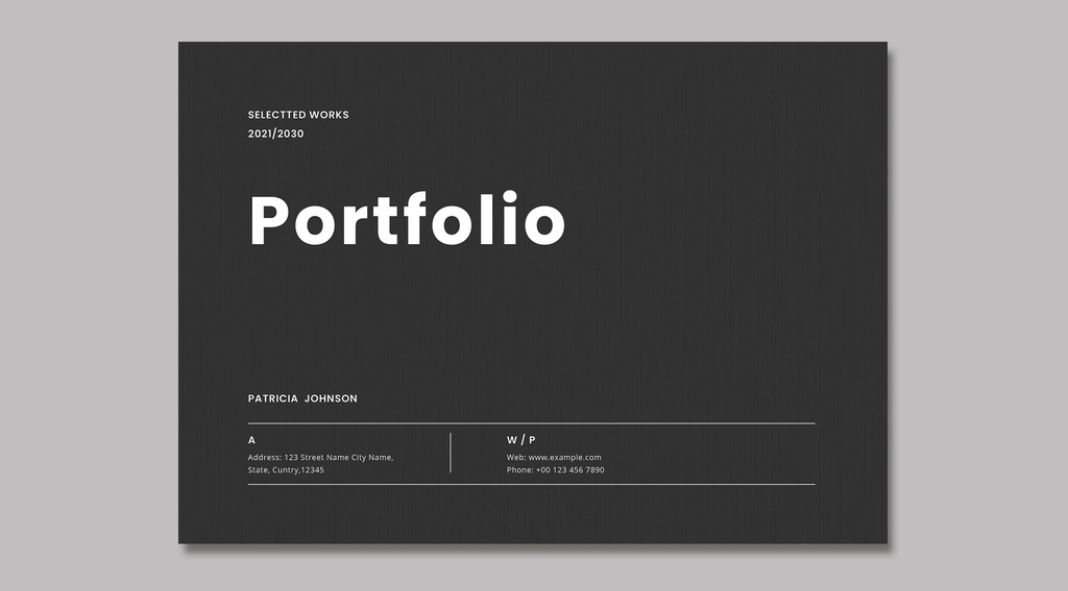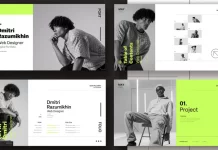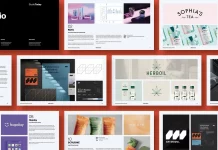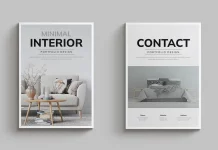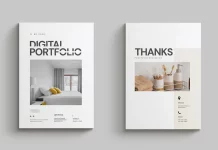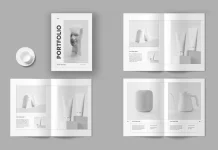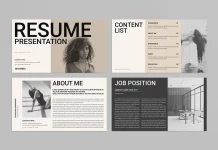This post contains affiliate links. We may earn a commission if you click on them and make a purchase. It’s at no extra cost to you and helps us run this site. Thanks for your support!
Build Credibility, Show Creative Range, and Present Your Work with Professional Precision.
The creative job market has never been more competitive — or more visually demanding. Recruiters, art directors, and clients scroll fast. Decisions are made in seconds. A designer portfolio is no longer just a collection of past work; it’s proof of how you think, communicate, and solve problems.
The design industry has shifted toward adaptability, versatility, and digital-first presentation. Whether you’re a graphic designer, UX specialist, motion artist, or brand strategist, your portfolio defines how others perceive your professional value. A strong designer portfolio tells your story in a way that feels both personal and strategic. It shows not only what you design, but why you design it.
So how can you create a designer portfolio that actually gets you hired — one that cuts through noise, showcases individuality, and demonstrates expertise? Let’s explore the essentials.
What Makes a Designer Portfolio Stand Out
A designer portfolio should do three things exceptionally well:
- Show mastery. Display technical skill and conceptual thinking.
- Reflect personality. Your tone, typography, and visual rhythm should mirror your style.
- Demonstrate clarity. A portfolio should be intuitive to navigate and easy to understand.
Many portfolios fail because they try to impress instead of communicate. The goal is not to overwhelm visitors with visual fireworks but to guide them through a curated experience. Ask yourself: Does each project reveal something meaningful about my creative process? If not, refine it.
A standout designer portfolio is not about quantity. It’s about narrative. Each project should form part of a coherent story — one that ends with a clear message: “This is what I can do for you.”
The Psychology Behind a Memorable Portfolio
Designers often underestimate how people feel when exploring a portfolio. First impressions form within seconds. Color, spacing, and structure affect trust as much as content does.
Consistency builds credibility. Repetition of visual elements — from margins to type hierarchy — signals discipline. Clear labeling of project roles and responsibilities helps potential employers see how you collaborate. Short, sharp case study introductions prevent fatigue and sustain interest.
A designer portfolio that feels effortless on the surface often hides hours of precision behind it. The best portfolios balance restraint and ambition — minimal in clutter but rich in purpose.
Why Using Professional Templates Can Be a Smart Move
Creating a portfolio from scratch can drain both time and energy. Professional templates offer a solid foundation that lets you focus on the work itself, not the framework around it.
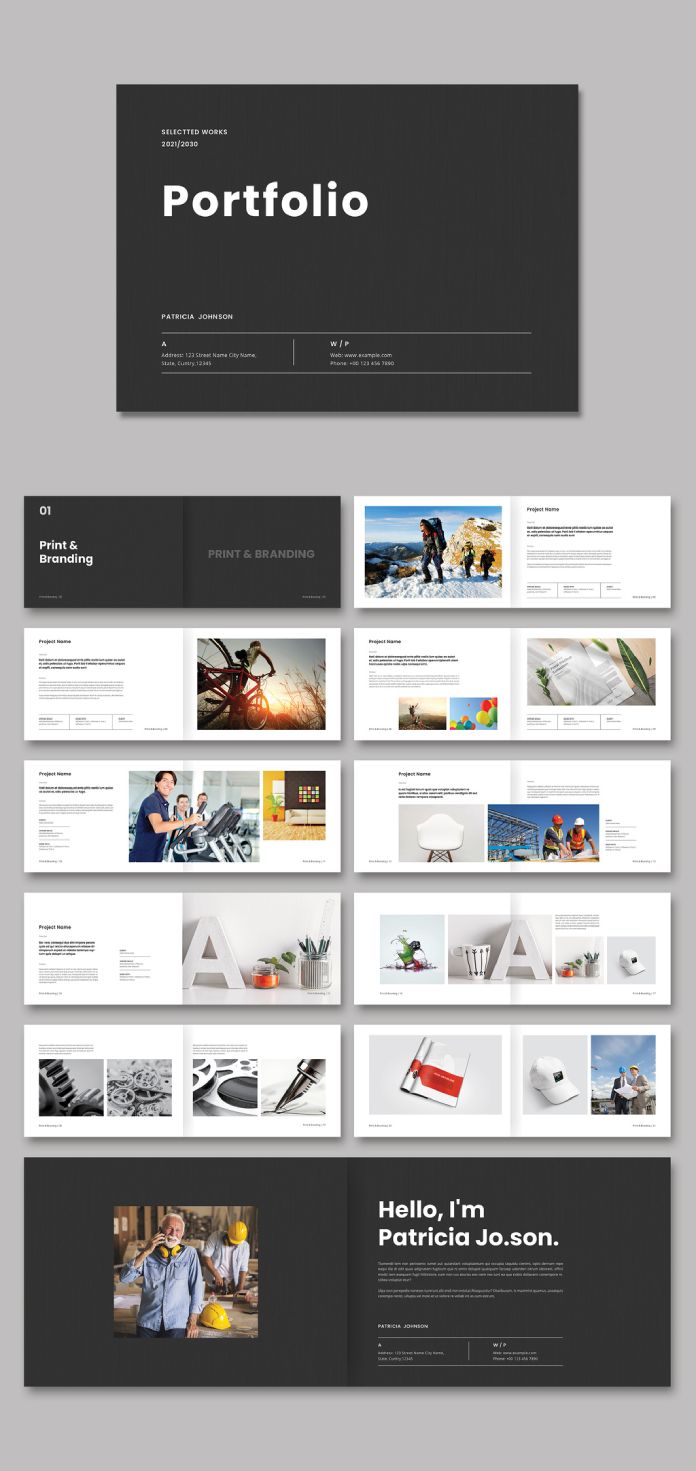
Templates built in Adobe InDesign, Adobe Portfolio, or Figma are not shortcuts — they’re tools that support efficiency and consistency. Well-designed templates already follow layout principles that highlight your projects elegantly. They help you present case studies with structure, maintain typographic harmony, and adapt formats for both print and digital versions.
More importantly, templates can save money and accelerate updates. As your body of work grows, modular layouts make it easy to insert new projects or change visual identity without starting over.
Think of a template as an invisible design partner — one that handles the grid, spacing, and hierarchy so you can refine your story and visuals.
How to Structure Your Designer Portfolio
1. Start with an Honest Introduction
Keep it short and clear. Write in the first person, but avoid clichés. Explain what drives your work and how your experience translates into results. Authenticity beats buzzwords every time.
2. Curate, Don’t Archive
Only include work that represents your best skill level and aesthetic maturity. Showing fewer but stronger projects suggests confidence.
3. Include Case Studies
For each project, describe the challenge, your process, and the outcome. Employers want to see how you think, not only what you produce. Mention tools, collaboration, and impact where relevant.
4. Maintain Visual Rhythm
Alternate full-bleed images, white space, and concise text. Balance contrast and pacing. A designer portfolio should read like a well-composed visual essay.
5. Optimize for Digital Viewing
Most portfolios are viewed on screens. Test readability on multiple devices. Compress image sizes without losing quality. Fast loading times signal professionalism.
The Importance of Storytelling
A powerful designer portfolio weaves work into a narrative form. Instead of listing projects, it shows evolution — how your design philosophy has matured. Storytelling helps connect logic with emotion.
For example, a branding project could highlight how you developed tone of voice, typography, and motion identity to express a brand’s essence. Show sketches, prototypes, and final deliverables side by side. Let the viewer see your reasoning.
Storytelling makes you memorable. When employers remember you, not just your visuals, you’ve succeeded.
Expert Perspective: Design as Self-Reflection
Building a designer portfolio is also an exercise in self-awareness. It forces clarity about who you are as a designer. What type of work energizes you? Which projects represent your authentic aesthetic?
Many professionals struggle because they want to please everyone — a trap that leads to bland portfolios. The stronger move is focus. Show where your passion and skill intersect. Whether it’s typography, motion, or UX, define your niche through consistent style and thought.
A great portfolio reflects confidence. It signals that you know your value and can deliver it with precision.
How to Keep Your Designer Portfolio Evolving
Your portfolio is a living document. Update it often. Replace early works with mature ones. Refresh the layout, typography, or color palette occasionally to reflect your growth.
Use metrics. Track how long visitors stay on each project page. Observe what captures attention. Treat your portfolio like an ongoing design experiment — one that evolves alongside your career.
You can also tailor versions for different audiences. For freelance clients, focus on storytelling and process. For agencies, emphasize collaboration and technical execution.
Visual Consistency and Professionalism
Consistency builds trust. Use one typographic family, unified image treatment, and a limited color palette. Keep navigation logical and predictable. Visual clarity communicates discipline and respect for the viewer’s time.
Avoid gimmicks. Flashy transitions or unconventional scroll behaviors may distract from your work. Aim for elegance — an understated design that gives your projects space to speak.
Remember: the portfolio itself is a design project. Treat it with the same rigor as any client brief.
Personal Reflection: The Portfolio as a Career Tool
A designer portfolio is not a static museum. It’s a career tool — one that evolves, persuades, and opens doors. Many designers spend months perfecting details, forgetting that clarity often matters more than novelty.
The goal is not perfection but connection. Your portfolio should speak with intention. When someone finishes exploring it, they should understand who you are, what you do, and why you do it.
Professional templates, structured storytelling, and careful curation make that possible. They save time while allowing creativity to shine where it matters most — in your ideas.
My Final Thoughts: Design with Purpose
Creating a designer portfolio that gets you hired is an act of focus. It’s about aligning design skills with storytelling, aesthetics with clarity, and passion with professionalism.
When built thoughtfully, your portfolio becomes more than a gallery — it becomes your voice. It’s the most powerful representation of your creative identity.
So start where you are. Choose a structure that reflects your mindset. Use professional templates to save time and stay consistent. And above all, design with intention — because every page, every type choice, every project tells the story of who you are as a designer.
All images © PixWork. Check out other inspiring graphic design topics here at WE AND THE COLOR, or browse through a handpicked selection of professional graphic design templates.
Subscribe to our newsletter!

